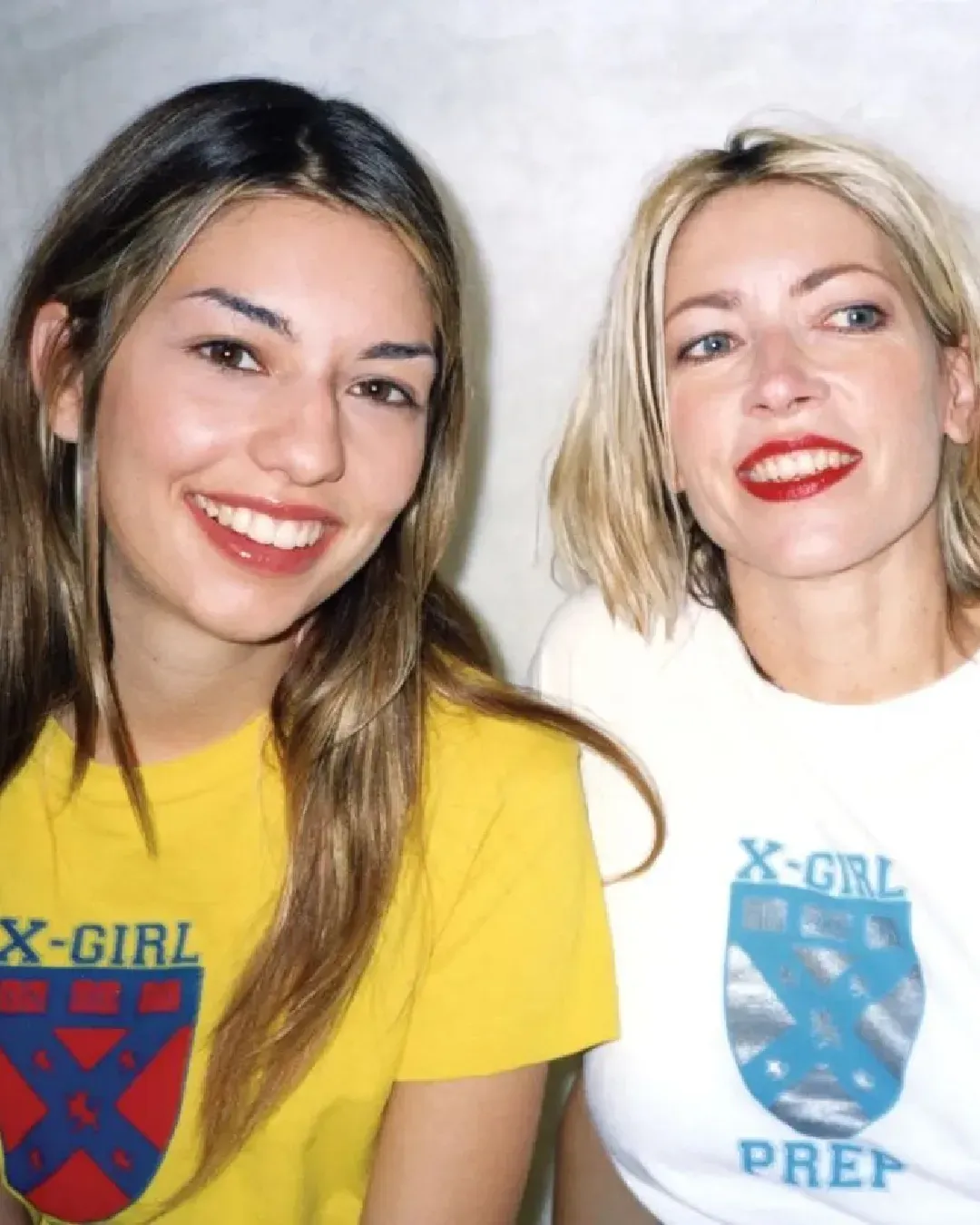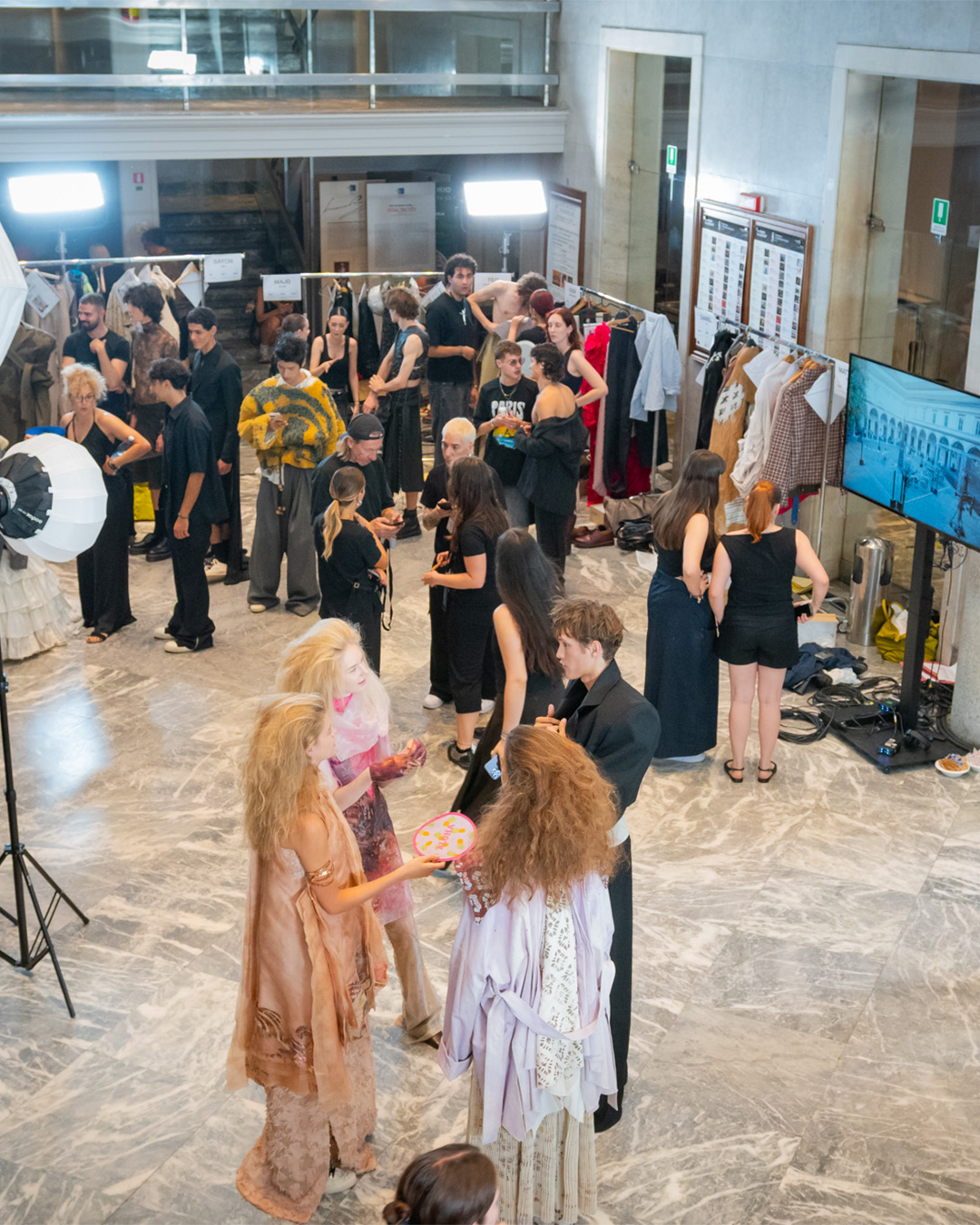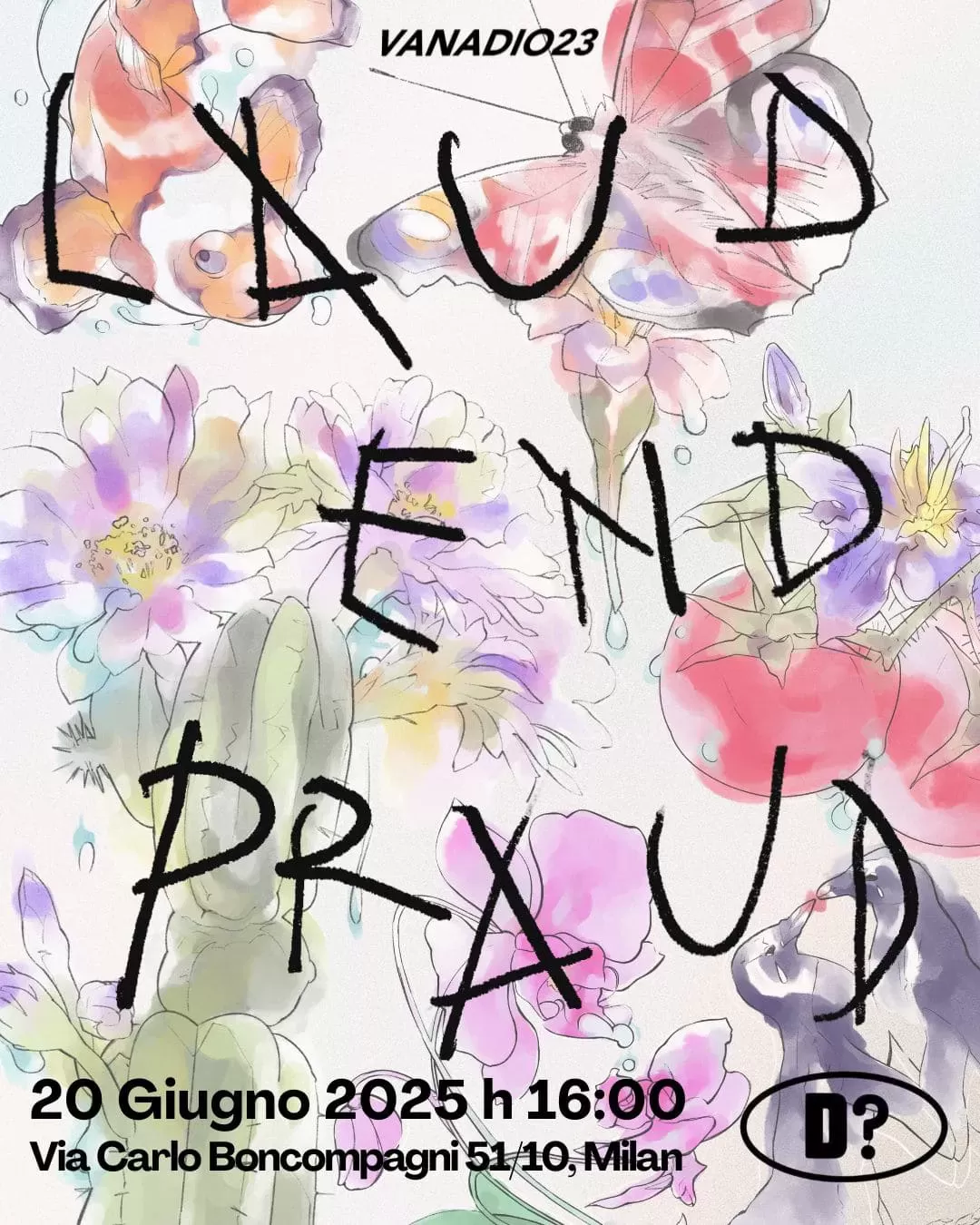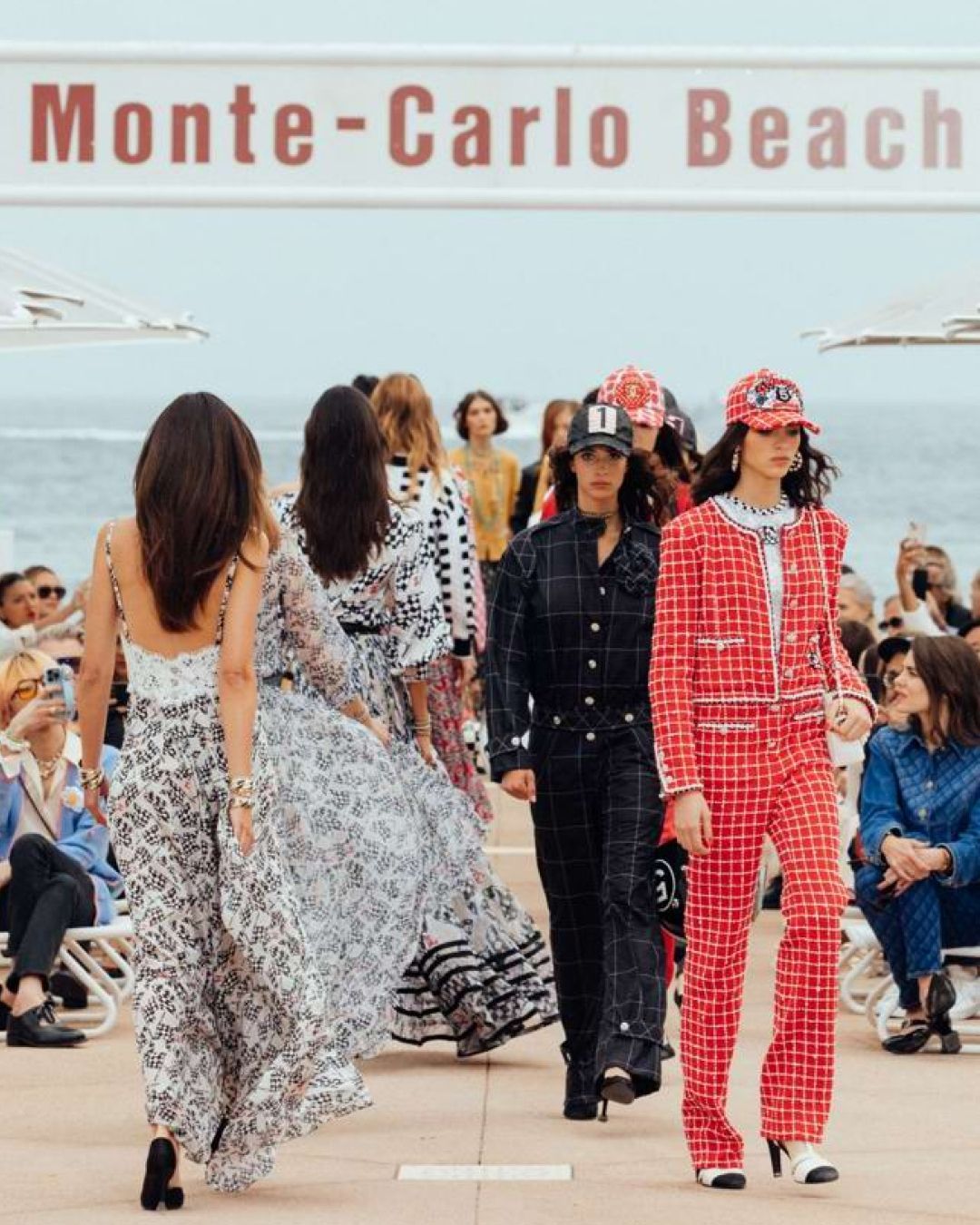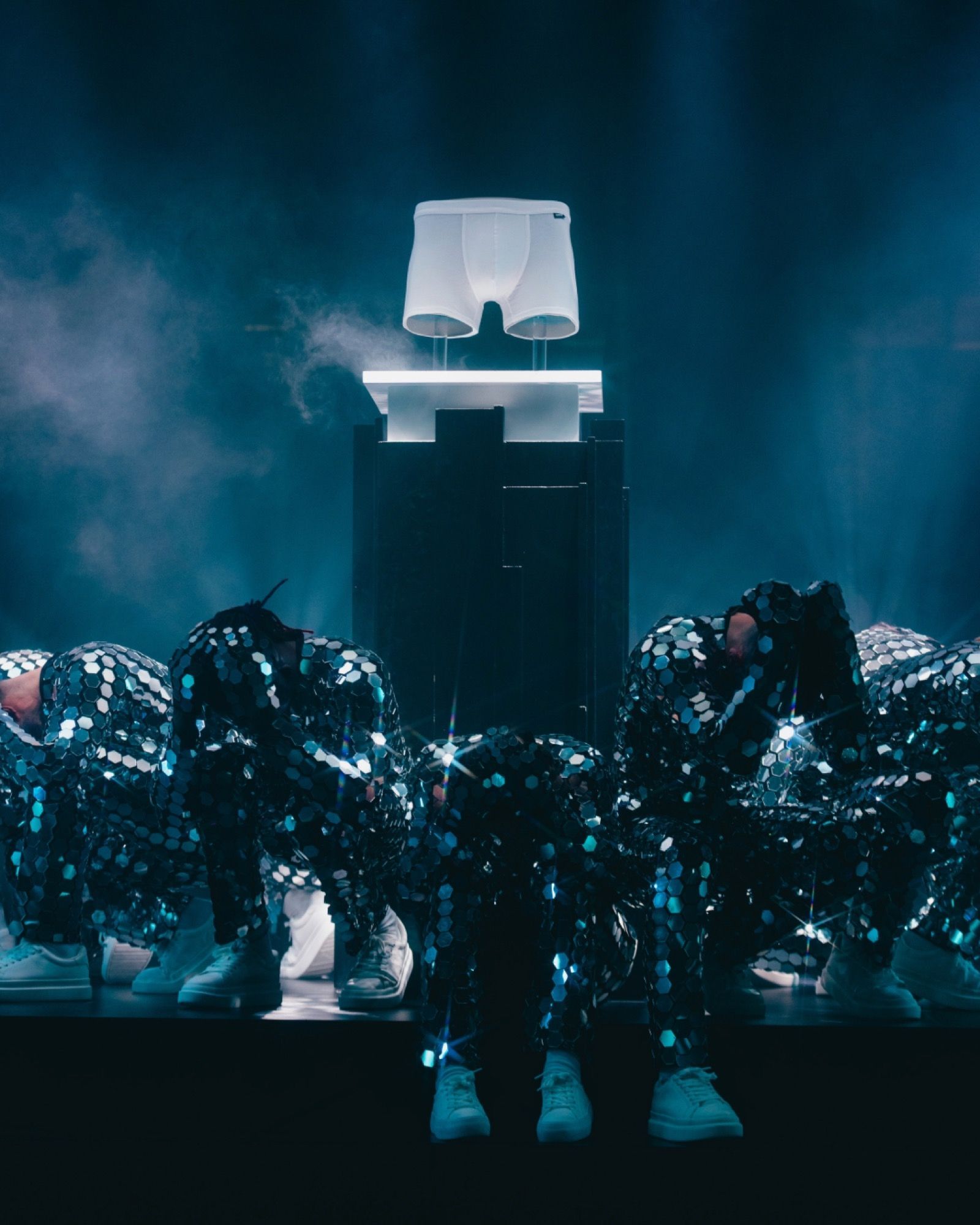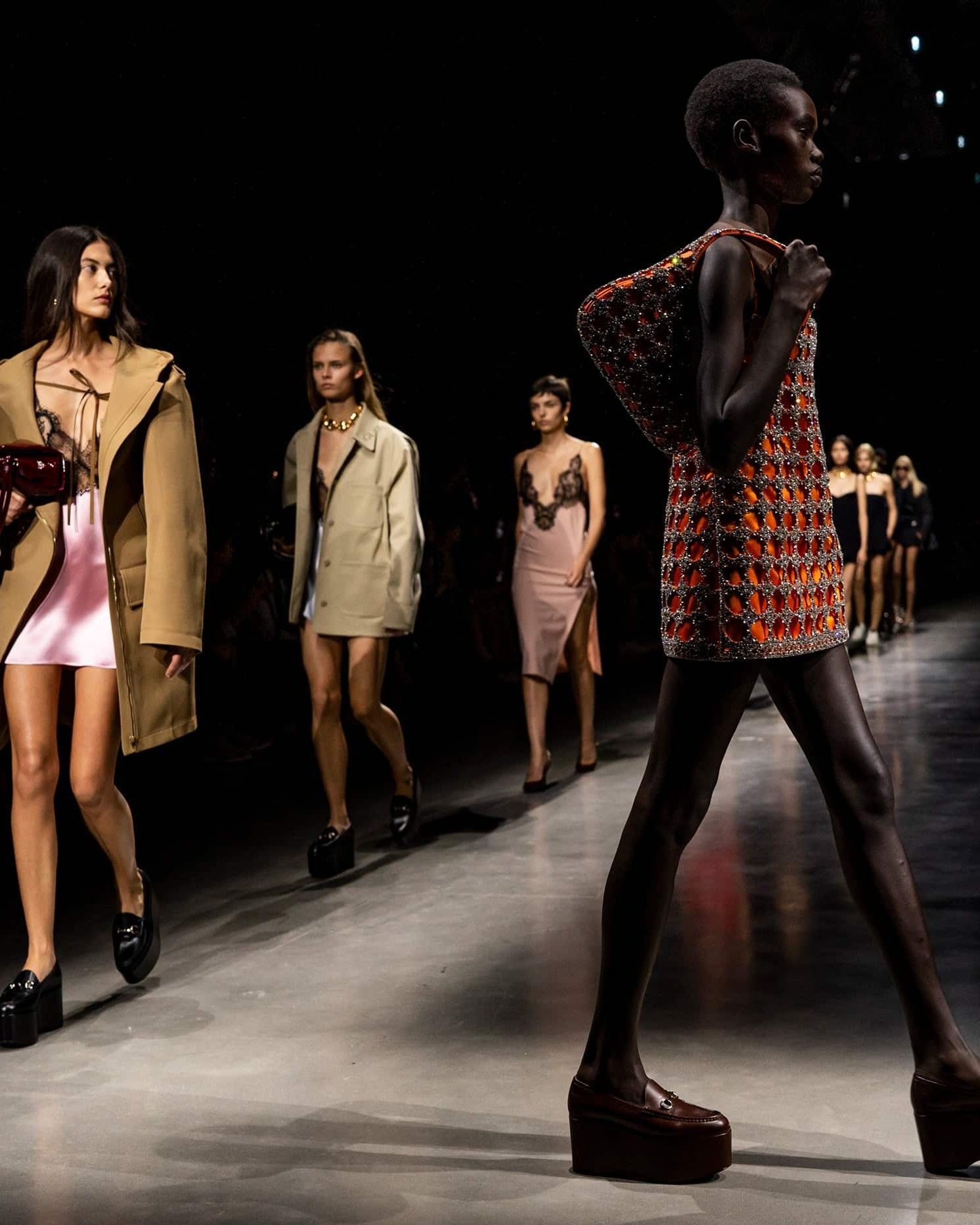
Should the parade format really be revolutionised? What cross-industry collaborations can teach us
The strategy of cross-industry collaborations has been in existence for many years in almost every industry - film studios are particularly adept at it. What is it about? It involves side projects to one's core business that aim to promote a certain product or service. In almost all cases, these collaborations take the form of various types of pop-up experiences. In the case of cinema and television, for example, there's the instance of Warner Bros opening a replica of the famous Friends bar in Boston in November; in December, there was the theatrical prequel Stranger Things: The First Shadow in London, based on the Netflix series; and Netflix also recently inaugurated a Squid Game-themed park in Los Angeles, where participants can engage in games from the series. In April, a Malibu Barbie Café was opened in major U.S. cities to celebrate the release of the film that dominated the box office and minds this year. Similar events occur worldwide with Marvel Cafés serving MCU-themed food and drinks, and for the release of Asteroid City by Wes Anderson in Milan, Fondazione Prada created an immersive exhibition featuring all the props and costumes from the film. The goal of these cross-industry collaborations is to advertise their products in a unique way (thus gaining more resonance) and allowing fans to interact with the product beyond the screen. The success of these initiatives has definitively convinced platforms that economic sustainability is achieved by diversifying the offering, thus increasing collateral projects related to films and TV series - whether small or large. In 2023, the "Experiences" section of Disney, which deals with all activities beyond cinema and animation, recorded its highest profit ever, exceeding 9 billion dollars. At this point, we should ask ourselves: Could the fashion industry learn something from these strategies?
@nssmagazine The new era of Louis Vuitton has finally begun, Pharrell’s LV menswear finally made its debut. What do you think? Eseniya Araslanova #lv #menswear #pharrell #louisvuitton #paris #pfw #pfw23 #fashionweek #parisfashionweek #dietrolequinte #fashionshow #outfit #runway JOY (Unspeakable) (feat. Pharrell Williams) - Voices of Fire
A few years ago, amid the coronavirus pandemic, a group of designers, retailers, and business executives proposed - still relevant today - a radical overhaul of the fashion system. The initiative was called #Rewiringfashion and, among other things, suggested changing the format of fashion shows, which has remained unchanged for the past 50 years. Today, fashion shows offer prestige and Earned Media Value, i.e., visibility, but their formula no longer makes sense to exist and could be innovated. But should it be? Moncler and its promotional strategy are a perfect example of successful innovation: from the grand show in Duomo to the collaboration launch with Pharrell and the Portrait Milano with a live performance, all Moncler events during the past fashion weeks had a broader scope than traditional shows and even greater resonance. Meanwhile, during the debut show by Sabato De Sarno, Gucci opened a temporary gallery in Brera, transforming some spots in the city (including a tram and an ice cream vendor) into public spokespersons for the "Red Again" shade symbolizing the brand's new direction, followed by the Cosmos exhibition in London. Additionally, Loro Piana, known for not organizing traditional fashion shows, converted an edicola in Via dei Giardini into a stand distributing Japanese cakes wrapped in silk scarves to the public - needless to say, a line quickly formed in front of the edicola.
Didn’t this woke brand label the fashion show as outdated and decided to do a podcast instead. VS will need to bring back the if they want to save themselves. https://t.co/vYONxeMETg
— its gonna be a hot summer, hot hot summer (@calebtweetss) March 7, 2023
In a key market like South Korea, Jacquemus brought its traveling concept of Cafè Fleurs to Seoul this year (similarly, handbag vending machines were installed in Milan and Paris), while in previous years, Louis Vuitton opened a vegan pop-up restaurant in the city, and Bottega Veneta unveiled a labyrinth installation entirely covered in green fur. Lastly, an essential mention in this very summary list is the grand concept of Gucci Garden in Florence, bringing together a museum, gift shop, bistro, and cocktail bar under the unique experience branded by the luxury brand, extending the brand's luxury beyond boutiques and the merchandise within them. Regarding original presentations, there's Rihanna's Savage X Fenty Show, a television special, or the livestream with which Telfar Clemens brings his products and launches to the public - both moments, however, do not pertain to true luxury fashion, an area where customers, while not expecting formal attire, still anticipate a sense of exclusivity and a "closed event" feeling that justifies their significant expenses. Victoria's Secret's attempt to alter the classic fashion show format into a kind of documentary, for example, backfired significantly.
@3milx02 Had my first show for Celine have a lil peek #foryou #celine #hedislimane original sound - Emil
However, these are simply experiences and activations that are part of the marketing playbook for any brand. The dilemma lies in whether, at some point, it will be possible to revolutionize the original model of the classic fashion show to create a different type of experience. There are several challenges, though: currently, the fashion show is simply the most practical means of showcasing a collection of clothing and accessories - the actual model parade can, at most, be enriched with the performance of an artist, an installation, or a runway concept in McQueen style with a nod to theater or musicals. However, this is still a superstructure, an ornament that adds to the known model without altering it. KidSuper did try something different by turning his show into a kind of comic cabaret; the controversial Elena Velez enriched or transformed her show into a gang fight; and when presenting the Celine Le Palace collection in Paris, it turned it into an “experience” by not opening it to the public initially, not showing it live, then distributing theme-branded snacks, followed by a real rock concert and an after-party. In this specific case, limiting the experience to those present in real life made the show something completely novel, even though, logically, the usual fashion show model remained unchanged. Similar situations occurred when Bottega Veneta organized shows behind closed doors. Remembering how, during the pandemic, digital fashion shows, see-now-buy-now, and fashion films didn't truly satisfy everyone, one really has to wonder if the rigid fashion show model, with all the problems it brings, all the waste and contradictions, is the only true way to present clothes to the world. In short, and to paraphrase Churchill, the fashion show is the worst way to present a collection, but we don't know of any better.










































